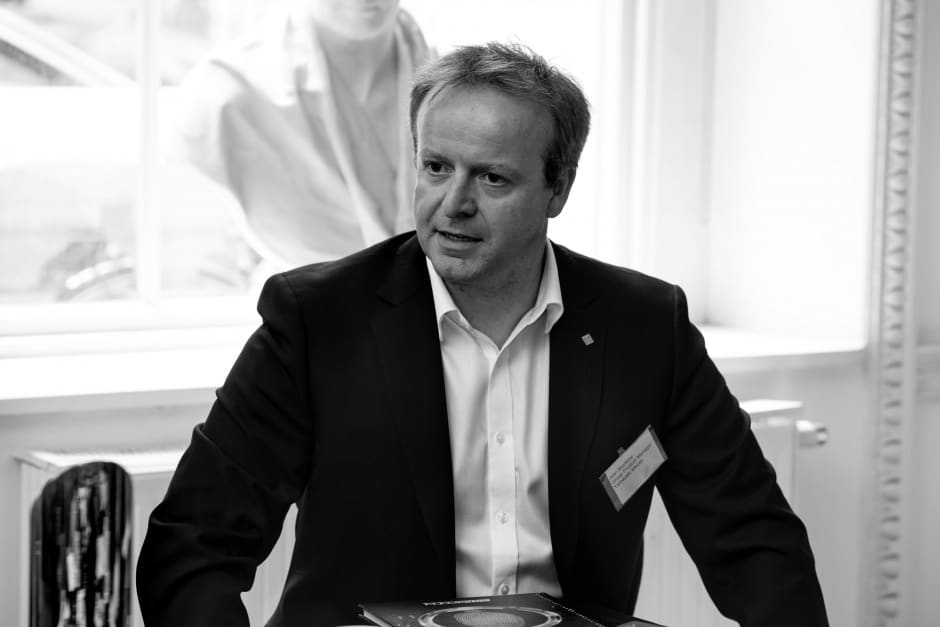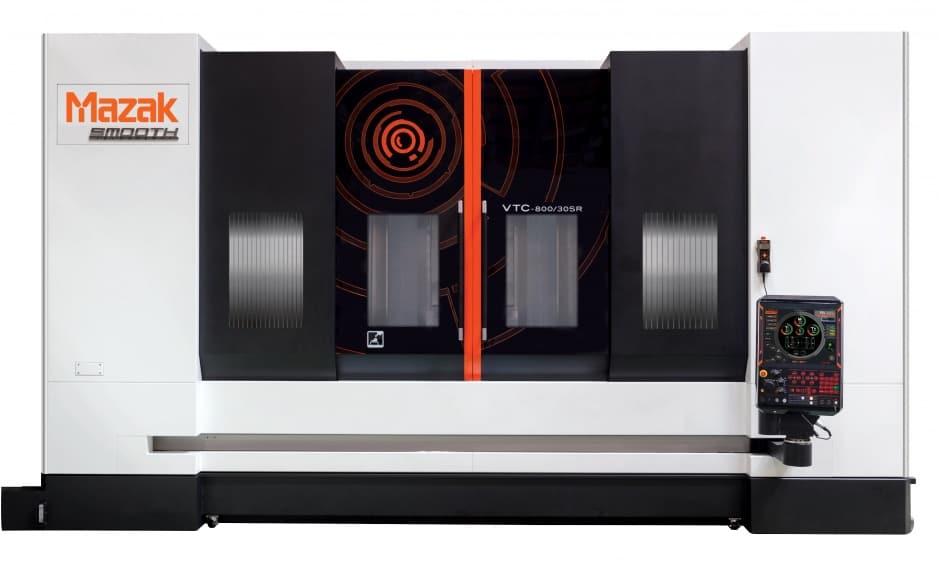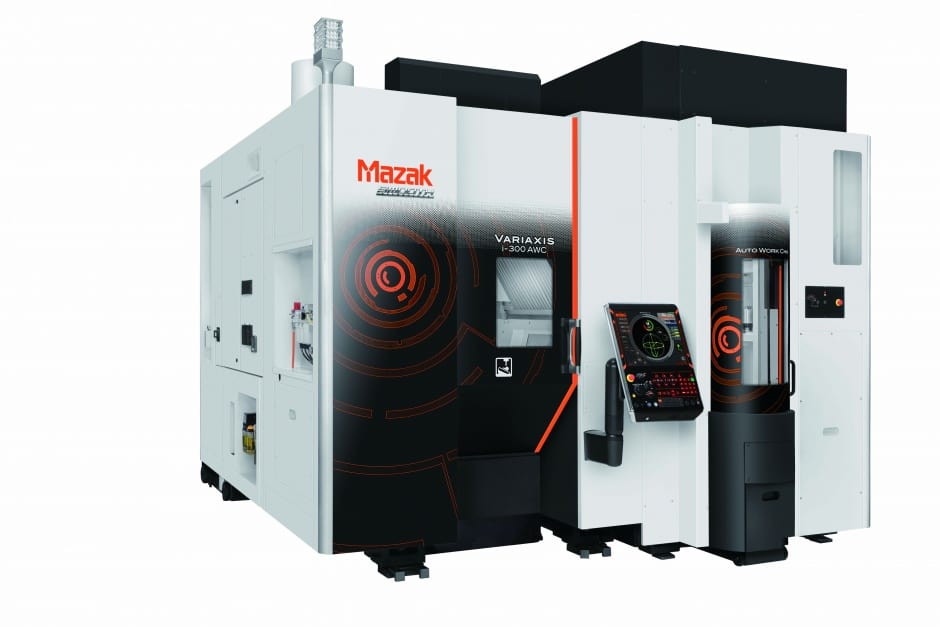 Investment in customer relationships is one of the true keys to innovation writes Mazak's UK and Ireland Managing Director Alan Mucklow.
Investment in customer relationships is one of the true keys to innovation writes Mazak's UK and Ireland Managing Director Alan Mucklow.
Where does the desire to innovate come from? Most companies will tell you it is in their DNA, that there is a deep inherent need to push the boundaries of the possible; a restless urge to create a new product that is faster, stronger, better or cheaper.
But, in my experience, whilst the best organisations do have a relentless commitment to innovation, the initial spark often comes from market forces, more specifically customers, demanding some or all of the above.
This initial spark convinces the organisation to point the full resources of its R&D capability at the fulfilment of this latent demand, providing existing customers with the answer to their conscious or unconscious problems, before marketing the new product more widely.
Make no mistake however, it is customers who have provided the initial spark and rightly so, because innovation without potential demand is a recipe for waste and unfocused effort towards an undefined goal.

The organisation needs to know that there is a potential market ready and willing to buy, providing the correct parameters are in place, such as price, application suitability, distribution, training and aftersales service, to name but a few.
There are plenty of high-profile examples of investment that has been wasted on product or service innovations that were never able to find a market. More difficult to recall, because in hindsight their success appears to have been pre-ordained, are the product developments that were driven by market demand and customer insight.
At Mazak, we have long believed that our customers are the starting point for innovation. It was the demand from customers for platforms that could undertake multiple tasks that led to the development of the INTEGREX range of multi-tasking machines.
Similarly, the VTC-800 series of machines, which are manufactured in the UK, were developed after customer demand for a vertical travelling column machining centre. The 1,000th machine for the European market rolled off our production line at Worcester earlier this year.
We are very sensitive to market and cultural distinctions across the world which lead our customers to use machines in alternate ways and in different applications. This, in turn, encouraged the development of the European Product Group, which was a direct recognition that the demands of European customers were significantly different to that of Japanese or North American machine tool users.

Without people on the ground, visiting customers, standing on production lines, asking the right questions and listening to the answers, our product development in Europe would have been much more limited, generic and unable to focus on the specific demands of individual sectors.
The VARIAXIS i-300 AWC, which stands for Auto Work Changer is a direct example of this approach. The i-300 is a compact simultaneous 5-axis machining centre that was specifically developed, initially for the aerospace sector. The aerospace supply chain was demanding high accuracy machining on small prismatic parts, along with expanded tool capacity and a highly rigid construction to improve accuracy. The AWC is an innovative solution for the aerospace sector that has, subsequently, also found a role in medical and automotive work.
The next big innovation leap in the machine tool sector will not be confined to merely new products, however. The ability to better understand asset utilisation and put in place more proactive maintenance practices, such as remote monitoring as part of a predictive maintenance programme, will be an integral part of the new connected factory or, what we call, the ‘iSmart factory’.
All of this will result in major changes to how we operate and interact with customers but, in the end, we will benefit from deeper customer relationships which will, in turn, fuel further innovation.
History tells us that the great leaps forward were not made by organisations that looked inward and remained in their comfort zones as markets left them behind. Rather, the great leaps were made by those who were in tune with their markets, sensitive to the changing needs of consumers and brave enough to seize the opportunities that were presented.
For me, the message of Collaborate to Innovate is that we need to continually invest, not only financially, in terms of R&D expenditure, but also invest further in our customer relationships. It is here that the sparks of creativity and innovation can be identified and nurtured, sparks that ultimately have the potential to turn into something new, exciting, innovative and genuinely ground-breaking.
Mazak is the sponsor of C2I 2018's Manufacturing Technology category. Read more about this year's winning entry here.










Water Sector Talent Exodus Could Cripple The Sector
Maybe if things are essential for the running of a country and we want to pay a fair price we should be running these utilities on a not for profit...